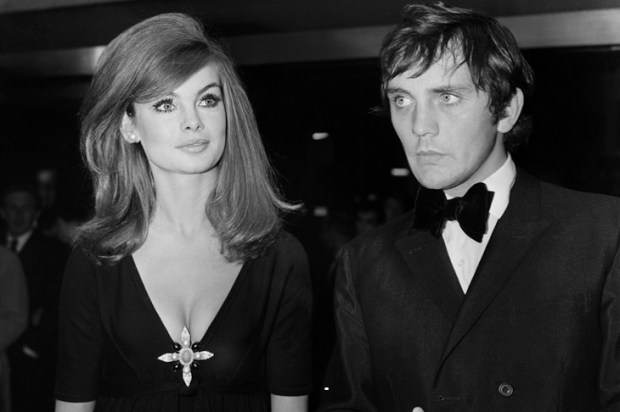If democracy is defined by majority rule, Australia is not a democracy; it’s a minocracy. The current Labor government attracted less than 33 per cent of the primary vote nationally at the 2022 election, the lowest since 1934. While the coalition vote also fell heavily (largely thanks to a hapless Liberal party), at around 35 per cent it was still higher than Labor’s. That’s 68 per cent of the primary votes between them.
Thanks to Australia’s preferential voting system, it was minority parties that increased their parliamentary power (a miracle snatched from the combined notional 32 per cent balance): the Greens picked up three new seats in the House of Representatives, and ‘Teal Independents’, won six seats. So these three minorities – Labor, Greens, Teals – can club together to have a grip on the levers of power. Gives new meaning to Paul Keating’s famous put-down of the Senate as ‘unrepresentative swill’…
(Minority representation in Parliament also increased for Aboriginals, with a percentage of representation at 4 per cent, 33 per cent higher than the 3 per cent in the population.)
The coming NSW State election on March 25 may well reflect the same trend.
But away from political parties, the strange death of democracy (to misquote Douglas Murray) is exemplified and multiplied by the power of loud and active minorities in socio-political areas. The social engineering that has seen same-sex marriage, diversity in all its glorious forms, a race-based world view, and the demands of transgender mini-minorities (where in women’s sports, a minority of biological men shamelessly compete with biological women), play out daily on public platforms. And with increasing aggression.
Acceptance of minorities as reflected by inclusionary attitudes has been inflated to acclaim and coercion. Remember Qantas running its high-profile social campaign for same-sex marriage? And how some banks knock back customers investing in mining? It is no longer enough to be equal participants in our democracy: minorities and their interests must rule. Or more precisely, over-rule the majority’s interests.
White heterosexual males are not a minority; yet they have been effectively demoted and demonised by actual minorities in political platforms, by media bias (eg sexual assault complaints), via engineered social mores, and Woke bureaucratic mandates.
The rise of minorities is evident in how the advertising industry presents society in ads for products and services which are increasingly disproportionate to society. Perhaps the one category not infused with such identity filters is … cruising.
The most troubling infestations of minority rule are those showcased on the university campus, historically the home of revolutions fighting for freedom of speech. But that’s the past. Suppression of conservative speech is de rigueur these days. Thus a misguided enclave of inexperienced and mentally immature, largely conceited youth, hold sway over who can speak and what they can say. The fact that these feckless students seem to be in the campus majority does not reassure me at all, since they are repressing, not protecting, free speech.
All this feeds into and drives dreaded cancel culture, ‘cancer culture’ more aptly, attempting to impose strident anti-democratic values on society. By turn, imposing unwanted social standards or political views foments resentment – the unwanted consequence of self-satisfied moralising, of being so sure you are right and won’t consider any alternative views.
Consider, too, the consequences of a Voice to Parliament that would inject minority power of 3 per cent of the population into the arteries of Parliament. According to Chris Merritt, Vice President of the Rule of Law Institute, that would be ‘destroying the concept of equality of citizenship’.

























